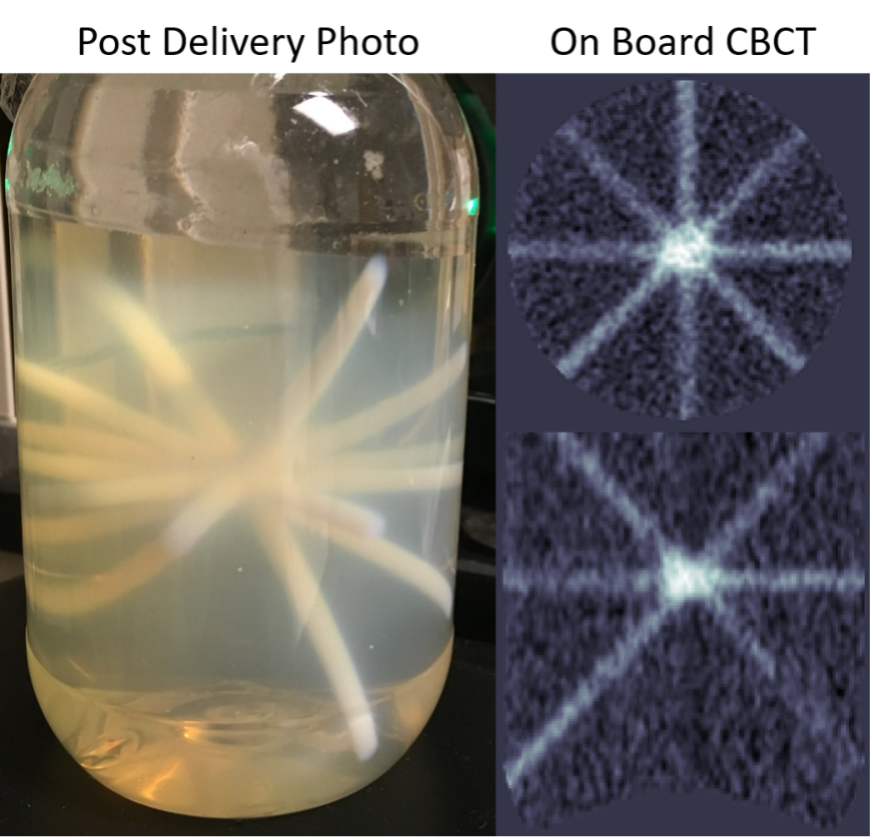- Agriculture
- Antibiotic/anti-viral
- Biologics
- Biomarkers
-
By Clinical Application
- Anesthesiology
- Blood & Lymphatic Disease
- CNS & Neurosciences
- Dermatology
- Diabetes, Metabolism, Endocrinology & Obesity
- Ear, Nose, & Throat
- Emergency Services
- Gastroenterology & Digestive Disease
- General & Plastic Surgery
- Health Education, Medical Training and Operations
- Heart and Vascular
- Immunology, Autoimmune & Inflammation
- Infectious Diseases
- Mental Health
- Multiple clinical applications
- Musculoskeletal Disorders, Orthopedics/Bone
- Nephrology/Renal
- Oncology
- Ophthalmology
- Orphan Diseases
- Pediatrics
- Physical Medicine & Rehabilitation
- Radiology
- Regenerative Medicine / Tissue Engineering
- Reproductive Health: Obstetrics & Gynecology
- Respiratory & Pulmonary
- Surgery x
- Transplantation
- Urology
- Wound Healing
- COVID-19
- Creative Works
- Diagnostics
- Drug Delivery
- Drug screening and discovery
- Energy, Cleantech & Environmental
- Engineering & Physical Sciences
- Gene therapy
- Imaging
- Materials
- Medical Devices
- Nutraceuticals
- Other
- Research & Design Tools
- RNAi/siRNA
- Sensors & Controls
- Small molecules
- Software & Information Technology
- Stem Cells
- Vaccines
- Veterinary Medicine
A method for end-to-end spatial accuracy quality assurance for radiosurgery
Unmet Need Radiation therapy is an essential element of cancer treatment that benefits 4 million diagnosed patients every year. The ability to deliver complex three-dimensional distributions of dose that conform to even irregularly shaped lesions…
WireCleat – Fully safe Seldinger Technique device for prevention of guide wire retention
Unmet Need Catheters are widely used in many medical disciplines as a means of gaining easy access to internal body cavities like blood vessels or hollow organs. The Seldinger technique is a common method for…
Implant for identifying sites of seizure onset in the brain
Unmet Need In the United States, epilepsy affects 2.2 million people with 150,000 new cases each year. Between 14.6% and 36.3% of people who suffer from epilepsy have forms of epilepsy that are not controllable…
Adjustable tubular retractor for brain surgery
Unmet Need In 2018 the Journal of Neurosurgery estimated that there were 22.6 million patients globally suffering from neurological disorders, with 13.8 million of them requiring surgery. During intracranial operations concerning aneurysms, tumor extractions, and…
Secure cannula design to prevent improper infusion during vitreoretinal surgery
Unmet Need Around 250,000 vitrectomies are performed in the U.S. every year to treat pathology ranging from retinal detachment to vitreous hemorrhage epiretinal membrane. The ophthalmic surgical supply market recently topped half a billion dollars…
A system for securing intraocular lenses during cataract surgery and other applications where sutures create challenges
Unmet Need Suturing is a common method to close wounds and fixate devices. However, due to the inherent physical constraints of the intraocular cavity, forming knots within the eye to affix hardware or repair damaged…





